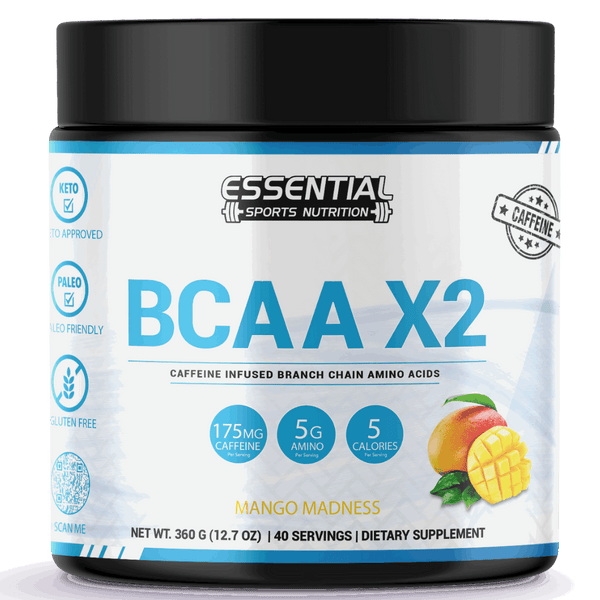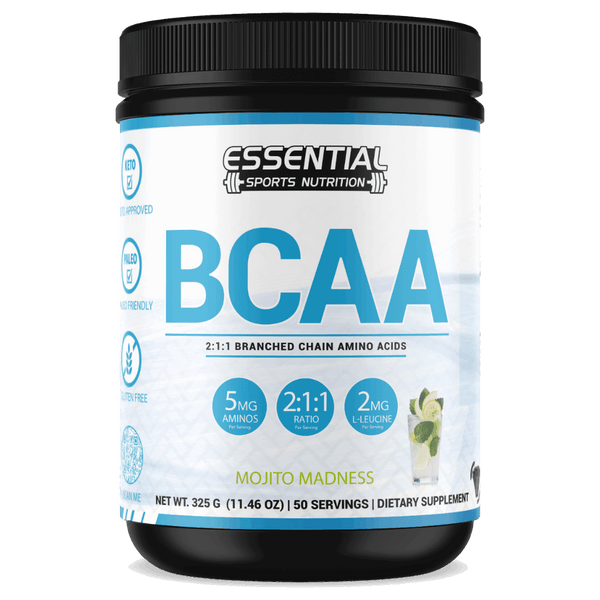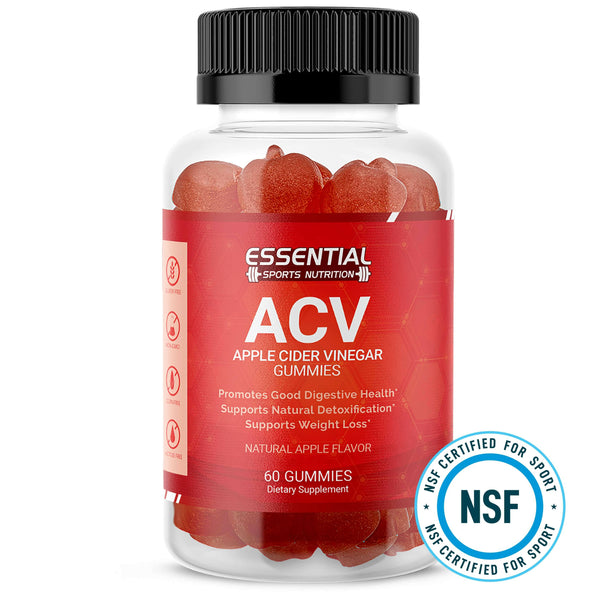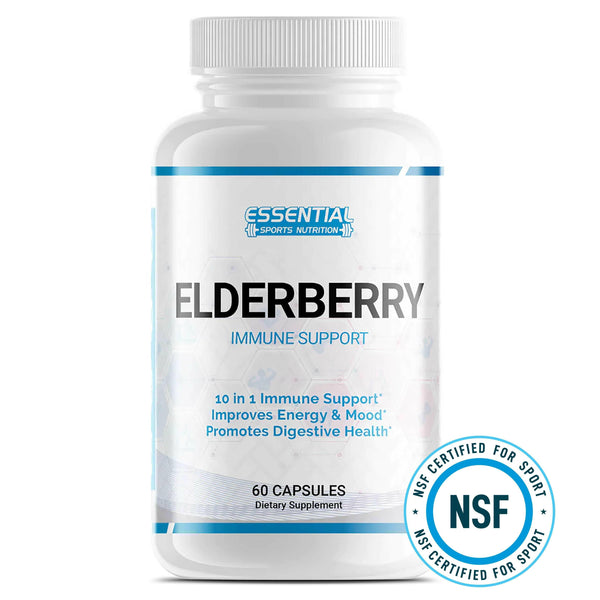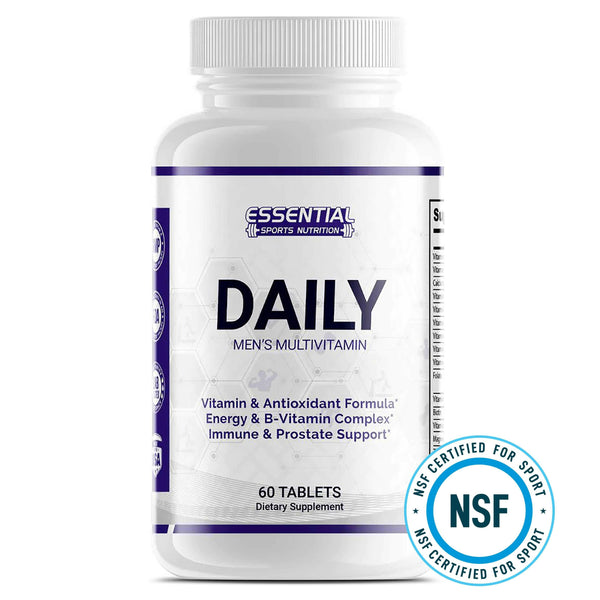Best Low-Carb Diet Meal Plans That Actually Taste Amazing
Finding the best low-carb diet plan depends on your health goals and lifestyle. The ketogenic diet is great for rapid weight loss by putting your body into ketosis. The Atkins diet is flexible and helps you find your carb tolerance. The Paleo diet emphasizes whole, unprocessed foods for a balanced approach. The South Beach diet controls blood sugar with lean proteins and healthy fats. The Zone diet offers a macronutrient balance for stable insulin levels. Lastly, the OPTAVIA program combines meal replacements with coaching support. Exploring these plans can guide you toward the right choice for sustained, healthy weight management.

Key Takeaways
-
The Ketogenic Diet is highly effective for weight loss by limiting carbs to 20-50 grams daily and inducing ketosis.
-
The Atkins Diet offers a structured four-phase plan to gradually reintroduce carbs and maintain weight loss.
-
The Paleo Diet emphasizes whole, unprocessed foods, lean proteins, and healthy fats, avoiding grains and dairy.
-
The South Beach Diet uses three phases to control blood sugar with lean proteins, healthy fats, and low-glycemic carbs.
-
The Zone Diet balances macronutrients in a 40-30-30 ratio to stabilize insulin levels and enhance mental focus and performance.
Ketogenic Diet Plan
The ketogenic diet, often known as keto, is a highly effective low-carb, high-fat eating plan designed to put your body into a state of ketosis, leading to weight loss and various health benefits. By limiting your carbohydrate intake to just 20-50 grams per day, you force your body to burn fat for fuel instead of glucose. This metabolic state can help you lose weight rapidly, and many people report increased energy levels, reduced hunger, and improved mental clarity.
Implementing a ketogenic diet involves consuming healthy fats like avocados, olive oil, and fatty fish, while moderating your protein intake and severely restricting high-carb foods such as grains and sugars. Research shows that this diet can improve insulin sensitivity, which is particularly beneficial for managing conditions like metabolic syndrome and type 2 diabetes. Additionally, the ketogenic diet has been found to help control epilepsy, particularly in children.
To get the most out of the ketogenic diet, focus on nutrient-dense, whole foods. Non-starchy vegetables should be a staple to make sure you're getting essential vitamins and minerals. Remember, consistency is key to achieving and maintaining the health benefits associated with this low-carb, high-fat lifestyle.
Atkins Diet

When you're considering the Atkins Diet, it's important to understand its four phases, which guide your carb intake and food choices. You'll need to avoid high-carb foods like bread and pasta to stay in ketosis. By following these phases, you may experience benefits like weight loss and improved blood sugar levels.
Phases of Atkins Diet
Starting the Atkins Diet involves progressing through four distinct phases, each designed to maximize weight loss and sustain long-term health. The journey begins with the Induction phase, where carb intake is strictly limited to 20-25 grams daily. This initial phase kickstarts weight loss by forcing your body to burn fat for fuel instead of carbohydrates.
Next, you'll move into the Balancing phase, gradually reintroducing more carbs to determine your personal carb tolerance level. This helps you find a balance that maintains weight loss while allowing a more varied diet. During this phase, you'll focus on nutrient-dense foods like vegetables, nuts, and seeds, which contribute to healthy eating habits.
The Pre-Maintenance phase continues the weight loss process but at a slower pace. Here, you'll further adjust your carb intake, adding about 10 grams of carbs per week until you achieve your goal weight. This phase helps your body adapt to a higher carb intake without regaining weight.
Foods to Avoid
To maintain ketosis on the Atkins Diet, you'll need to avoid high-carb foods like sugar, grains, and starchy vegetables. These foods can quickly spike your blood sugar levels, pulling you out of ketosis and hindering your weight loss goals. Start by eliminating all forms of sugar, including table sugar, honey, and maple syrup. These sweeteners are high in carbs and provide little nutritional value.
Grains such as wheat, rice, oats, and barley should also be off your list. They're carbohydrate-dense and can easily exceed your daily carb limit. Instead, focus on nutrient-rich alternatives like almond flour or coconut flour. Starchy vegetables, including potatoes, corn, and peas, should be replaced with low-carb options like leafy greens, broccoli, and cauliflower.
High-carb fruits like bananas, grapes, and mangoes are also on the foods to avoid list. While fruits are typically considered healthy, their high sugar content can disrupt ketosis. Opt for berries, which are lower in carbs and packed with antioxidants. Finally, steer clear of processed foods and sugary beverages, as they often contain hidden carbs and artificial ingredients that can derail your progress. Stick to whole, unprocessed foods to stay on track.
Potential Health Benefits
Adopting the Atkins Diet can lead to significant weight loss by promoting ketosis, which helps your body burn fat more efficiently. When you reduce your carb intake, your body shifts from using glucose for energy to burning stored fat. This metabolic state, known as ketosis, is central to the Atkins Diet's effectiveness.
The health benefits of the Atkins Diet go beyond simple weight loss:
-
Improved Metabolic Health: By stabilizing blood sugar levels, the Atkins Diet helps manage insulin sensitivity and reduces the risk of type 2 diabetes.
-
Enhanced Satiety: High-protein meals can keep you feeling full longer, reducing the temptation to snack and aiding in sustained weight loss.
-
Better Heart Health: Some studies suggest that low-carb diets can improve cardiovascular markers, such as lowering triglycerides and increasing HDL cholesterol.
-
Increased Energy Levels: Once your body adapts to burning fat, many people report more consistent energy levels throughout the day.
Paleo Diet

By focusing on whole, unprocessed foods, the Paleo diet aims to replicate the eating patterns of our ancestors, potentially leading to improved weight management and better blood sugar control. Central to the Paleo diet are whole foods and lean proteins, which are both nutrient-dense and anti-inflammatory. This means you're encouraged to eat fruits, vegetables, nuts, and seeds while avoiding grains, dairy, processed foods, and added sugars.
The emphasis on lean proteins and healthy fats can help increase satiety and reduce cravings for high-carb foods, making it easier to stick to your dietary goals. Adopting the Paleo diet could be particularly beneficial for those looking to improve their metabolic health, as it supports stable blood sugar levels and weight loss.
Here's a quick overview of what you can and can't eat on the Paleo diet:
| Allowed Foods | Avoided Foods | Benefits |
|---|---|---|
| Lean Proteins | Grains | Improved satiety |
| Fruits & Veggies | Dairy | Better blood sugar control |
| Nuts & Seeds | Processed Foods | Anti-inflammatory effects |
South Beach Diet

When you follow the South Beach Diet, you'll focus on controlling blood sugar levels by prioritizing lean proteins, healthy fats, and low-glycemic index carbohydrates. This low-carb diet plan is structured in three phases, with the first phase being the most restrictive regarding carb intake. The South Beach Diet aims to promote sustainable weight loss and improved heart health by emphasizing nutrient-dense foods and minimizing processed items.
Here's what you can expect:
-
Phase 1: Kickstart your weight loss by reducing carb intake to a notable extent. You'll eliminate high-glycemic foods like bread, rice, and pasta.
-
Phase 2: Gradually reintroduce healthy carbs, such as whole grains and fruits, while monitoring their impact on your blood sugar.
-
Phase 3: Maintain your weight loss by enjoying a balanced diet that includes lean proteins, healthy fats, and low glycemic index carbohydrates.
-
Meal Structure: Focus on balanced meals that combine lean proteins like chicken or fish, healthy fats such as avocados or nuts, and plenty of vegetables.
The South Beach Diet encourages a practical approach to eating, making it easier to follow long-term. By following this plan, you'll manage your carb intake and enjoy a variety of nutritious foods that support overall health.
Dukan Diet

When considering the Dukan Diet, you'll navigate through its four distinct phases, each with specific food groups emphasizing lean proteins while eliminating carbs. Although this approach promises rapid weight loss, it's important to be mindful of the potential health risks and the lack of strong scientific backing. Balancing nutrient intake and consulting with a healthcare provider can help guarantee you're making a well-informed decision.
Phases of Dukan Diet
The Dukan Diet's four phases—Attack, Cruise, Consolidation, and Stabilization—provide a structured approach to achieving and maintaining weight loss. Each phase is designed with specific nutritional guidelines to help you shift from rapid weight loss to a sustainable, balanced diet.
-
Attack Phase: This initial phase focuses on rapid weight loss by consuming only lean protein. It jumpstarts your metabolism and helps shed pounds quickly. You can expect to eat foods like chicken, fish, and eggs.
-
Cruise Phase: In this phase, non-starchy vegetables are added to your diet. This helps you continue to lose weight steadily while still enjoying a variety of nutrient-dense foods. Think spinach, broccoli, and peppers.
-
Consolidation Phase: Gradually reintroducing carbs and fats; this phase aims to prevent weight regain. It allows for the occasional indulgence, making the diet more sustainable in the long term. You can start enjoying fruits, whole grains, and even a weekly 'celebration meal.'
-
Stabilization Phase: The final phase is all about maintaining your weight loss. It emphasizes a balanced eating plan you can follow for life, which includes regular exercise and a pure protein day once a week.
Allowed Food Groups
Understanding which food groups are allowed will help you navigate each phase of the Dukan Diet effectively and make informed choices. This diet emphasizes high protein intake and restricts carbohydrates and fats, so you'll focus on lean proteins, non-starchy vegetables, and limited amounts of low-fat dairy products.
Here's a quick breakdown of allowed food groups in the Dukan Diet:
| Food Group | Examples | Notes |
|---|---|---|
| Lean Proteins | Poultry, Fish, Tofu | Essential for all phases |
| Non-Starchy Vegetables | Spinach, Cucumbers | Introduced in the Cruise phase |
| Low-Fat Dairy Products | Skim Milk, Greek Yogurt | Allowed in limited amounts |
Lean proteins like poultry, fish, tofu, and eggs form the backbone of this plan, ensuring sufficient protein while minimizing fat intake. Non-starchy vegetables such as spinach and cucumbers are incorporated in the Cruise phase, providing essential nutrients without adding extra carbs. Limited amounts of low-fat dairy products like skim milk and Greek yogurt are also allowed, giving you calcium without heavy fats.
Focusing on natural, unprocessed foods and drinking plenty of water are important. Adhering to these food groups can help you follow the Dukan Diet's structured approach to weight loss effectively.
Potential Health Benefits
Adopting the Dukan Diet might offer potential health benefits primarily through its emphasis on high protein intake, which can promote satiety and help preserve muscle mass during weight loss. Because this is a low-carb diet, you might experience reduced hunger and overall calorie intake, aiding in weight loss.
Here are some potential health benefits you might see:
-
Increased Satiety: High protein meals can make you feel full longer, reducing the urge to snack between meals.
-
Muscle Preservation: Protein is important for maintaining muscle mass, which is essential when you're losing weight.
-
Rapid Weight Loss: The restrictive nature of the Dukan Diet can lead to quick initial weight loss, which might be motivating.
-
Improved Metabolic Rate: Higher protein intake can boost your metabolic rate, helping you burn more calories even at rest.
However, while these benefits can be appealing, it's important to remember that the Dukan Diet is quite restrictive. This can make it challenging to adhere to long-term and could lead to nutritional imbalances. Always consult a healthcare professional before starting any new diet to ensure it aligns with your health needs and goals.
Zone Diet

The Zone Diet aims to regulate insulin levels and optimize health by balancing protein, carbs, and fat intake in a 40-30-30 ratio. Dr. Barry Sears created this diet as a cornerstone among low-carb meal plans. The focus is on controlling macronutrient intake to stabilize insulin levels, which can help manage inflammation and improve overall well-being.
To follow the Zone Diet, you must be precise with portion control. Your plate should feature lean proteins like chicken or fish, healthy fats such as olive oil or avocados, and low-glycemic carbohydrates like vegetables and some fruits. This balance keeps your energy levels steady, supports weight loss, and enhances mental focus.
The Zone Diet promotes better athletic performance by providing sustained energy, which is essential for both casual exercisers and athletes. By staying in the 'zone' of excellent nutrition, you can achieve a better body composition, including a higher muscle-to-fat ratio. This diet is practical for those looking to make long-term, sustainable changes to their eating habits while reaping the benefits of controlled insulin levels and balanced macronutrient intake.
OPTAVIA Program

OPTAVIA's low-carb, reduced-calorie lifestyle program is designed specifically to support effective weight loss through a combination of prepared meals and personalized coaching. This approach guarantees successful weight loss by combining prepared meals and personalized coaching, making it easier for you to stick to a low-carb diet without any guesswork.
Here are four key components of the OPTAVIA program:
-
Fuelings: These are specially formulated, nutrient-dense meal replacements. They're designed to keep you full while providing balanced nutrition.
-
Coaching: Personalized coaching helps you navigate your weight loss journey. Coaches offer support, accountability, and practical advice tailored to your needs.
-
Healthy Proteins and Fats: The program emphasizes including healthy proteins and fats in your diet while eliminating refined carbs and added sugars.
-
Structured Plans: OPTAVIA offers structured meal plans that simplify your daily food choices, helping you stay on track with your weight loss goals.
The combination of these elements guarantees not only weight loss but also the acquisition of sustainable habits. With a focus on balanced nutrition and expert guidance, OPTAVIA ranks #24 in Best Diets Overall, demonstrating its effectiveness. If you're seeking a structured, supportive, low-carb approach to weight loss, OPTAVIA might be a great fit for you.
Low-Carb Diet for Vegetarians

Following a low-carb diet as a vegetarian is entirely necessary by focusing on plant-based proteins like tofu, tempeh, and legumes. These options are essential for protein and help you maintain muscle mass while keeping your carbohydrate intake low. Incorporating non-starchy vegetables such as spinach, bell peppers, and broccoli guarantees you get essential vitamins and minerals without spiking your blood sugar levels.
For added variety and nutritional balance, consider nuts and seeds, which are excellent sources of healthy fats and proteins. Plant-based fats like avocado, olive oil, and coconut oil are also essential for a balanced low-carb vegetarian diet. They help you feel full longer and provide essential fatty acids needed for overall health.
Dairy alternatives like almond milk and coconut yogurt can replace traditional dairy products, offering a low-carb option that fits your dietary needs. These alternatives often have fewer carbs than their dairy counterparts, making them ideal for a low-carb vegetarian diet.
Adopting a low-carb vegetarian lifestyle can greatly aid in weight management by stabilizing blood sugar levels and reducing cravings. It's a sustainable approach to improving your overall health and managing weight effectively while enjoying a diverse and nutritious diet.
Conclusion

You've explored the best low-carb diet plans, but which one will transform your life? Each offers unique benefits, from the fat-burning power of the Ketogenic Diet to the balanced approach of the Zone Diet. What's the secret to your success? It lies in choosing a plan that fits your lifestyle and nutritional needs. Are you ready to make a change? The right diet could be just the solution you've been searching for. Your journey to better health starts now.
Low Carb Diet Meal Plan FAQs
Q: What are the benefits of a low-carb diet?
A: Following a low-carb diet can help you lose weight, reduce blood sugar levels, improve heart health, and increase energy levels.
Q: How do I create a low-carb meal plan?
A: To create a low-carb meal plan, focus on including protein, healthy fats, and non-starchy vegetables while limiting high-carb foods like grains, sugars, and starchy vegetables.
Q: What foods should I avoid on a low carb diet?
A: Foods to avoid on a low-carb diet include sugary drinks, bread, pasta, rice, potatoes, and other high-carb foods.
Q: Can a low-carb diet help people with type 2 diabetes?
A: Yes, a low-carb diet can be beneficial for people with type 2 diabetes as it can help manage blood sugar levels and improve insulin sensitivity.
Q: How many carbs per day are recommended on a low-carb diet?
A: To lose weight, aim for 20-50 grams of carbs daily. Start with 20-30 grams to kickstart weight loss. Adjust your intake based on your results and individual factors like metabolism and activity level. Track your progress.
Q: What is a keto diet, and how does it relate to a low-carb diet?
A: A keto diet is a high-fat, very low-carb diet that aims to put the body in a state of ketosis. It is a type of low-carb diet that restricts carbs more severely than other low-carb plans.
Q: How can a dietitian help me with my low-carb meal plan?
A: A dietitian can provide personalized guidance on how to create a balanced low-carb meal plan that meets your nutritional needs and health goals.
Q: What Is the Fastest Way to Lose Weight on a Low-Carb Diet?
A: To lose weight fast on a low-carb diet, reduce your carb intake to induce ketosis. This encourages your body to burn fat for fuel. Combine this with regular exercise and proper hydration for best results.
Q: What Is the Best Food for a Low-Carb Diet?
A: Best low carb foods include lean proteins, non-starchy vegetables, and healthy fats that will benefit you. Think chicken, fish, avocado, and olive oil. Incorporate nutrient-dense staples like cauliflower, almonds, and Greek yogurt. For best results, avoid sugary treats and high-carb grains.
Q: Can I Lose Weight on 40 Carbs a Day?
A: Yes, you can lose weight by 40 carbs a day. Studies show low-carb diets can trigger ketosis, burning fat for energy. Monitor your intake, consider your activity level, and consult a healthcare provider for personalized advice.



